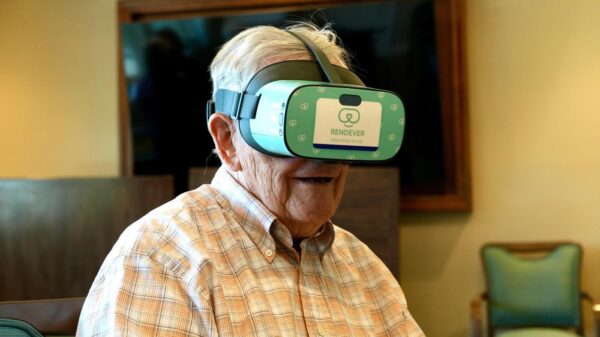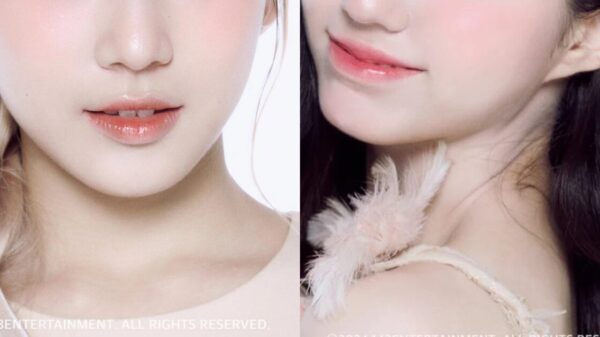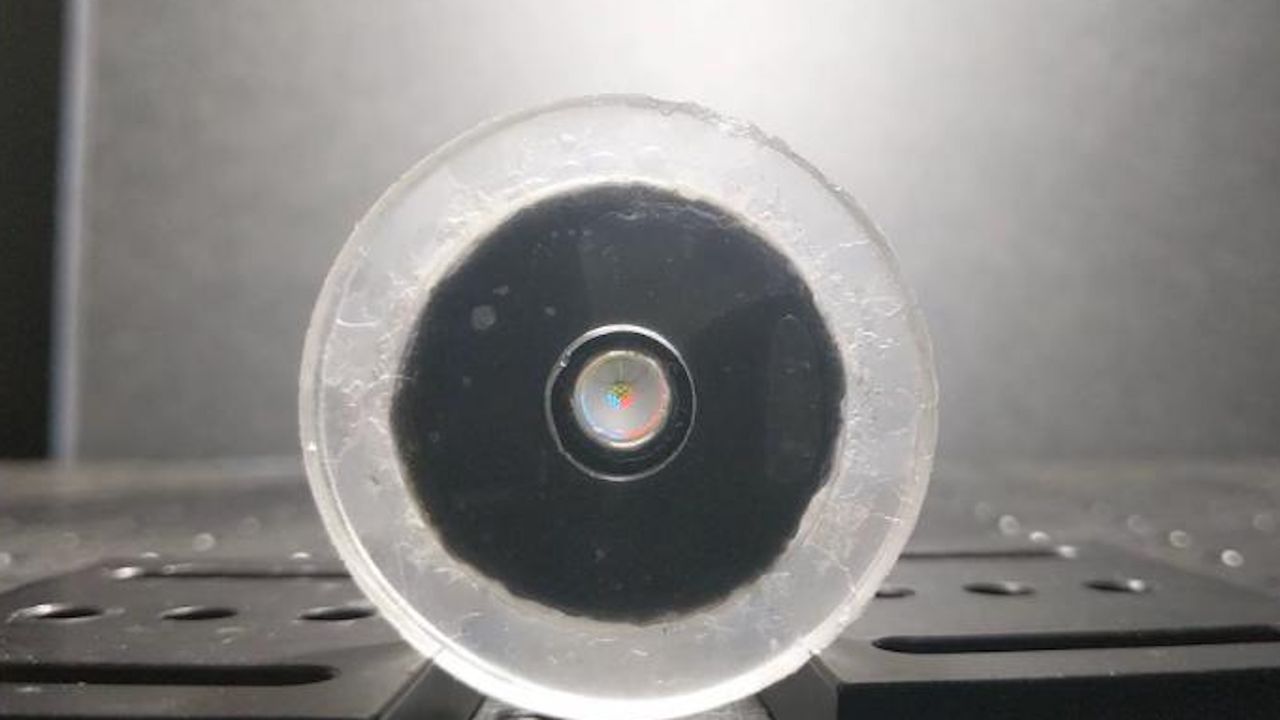Researchers at the Georgia Institute of Technology have created a groundbreaking robotic “eye” that automatically focuses in response to light, operating without any external power source. This innovative device, described as a squishy lens, demonstrates remarkable sensitivity, capable of distinguishing subtle details such as hairs on an ant’s leg and the lobes of pollen grains.
The lens represents a significant advancement in the field of soft robotics, which aims to create flexible and adaptable machines. Corey Zheng, a doctoral student in biomedical engineering and the study’s lead author, explained that traditional robots rely on rigid sensors and electronics. In contrast, soft robotics offers a more versatile approach, allowing for applications ranging from wearable technology that integrates seamlessly with the human body to autonomous devices capable of navigating uneven terrain or hazardous environments.
Innovative Hydrogel Technology
The robotic lens is constructed from a hydrogel, a material that can transition between liquid-like and solid-like states by trapping and releasing water. This unique property allows the hydrogel to respond dynamically to temperature changes; it shrinks when heated and swells when cooled. The researchers designed the lens by encasing a silicon polymer in a ring of hydrogel, mimicking the mechanical structure of the human eye.
Embedded within the hydrogel are tiny particles of graphene oxide, which absorb light. When exposed to light equivalent to sunlight, these particles heat up, causing the hydrogel to shrink and enabling the lens to focus. Once the light source is removed, the hydrogel swells, relieving tension on the lens and returning to its original state.
In a paper published on October 22, 2023, in the journal Science Robotics, Zheng and his doctoral advisor, Shu Jia, demonstrated that this lens could replace traditional glass lenses in light microscopes. They successfully used it to visualize tiny details, such as the 4-micrometer gap between tick claws and 5-micrometer filaments of fungus.
Future Applications and Potential
The implications of this technology are vast. Zheng mentioned that integrating the lens into a microfluidic system of valves made from the same responsive hydrogel is a current focus of their research. This advancement means that the light used for imaging could also power an intelligent, autonomous camera system.
Moreover, the adaptability of the hydrogel lends itself to potentially enhanced vision capabilities beyond human perception. For example, the lens could emulate a cat’s vertical pupil, allowing it to detect camouflaged objects, or mimic a cuttlefish’s W-shaped retina, which perceives colors invisible to humans.
“We can actually control the lens in really unique ways,” Zheng stated, highlighting the innovative nature of this work. The development of this ultrapowerful, squishy robotic eye signifies a promising leap forward in soft robotics and could redefine how machines interact with their environments.







































































